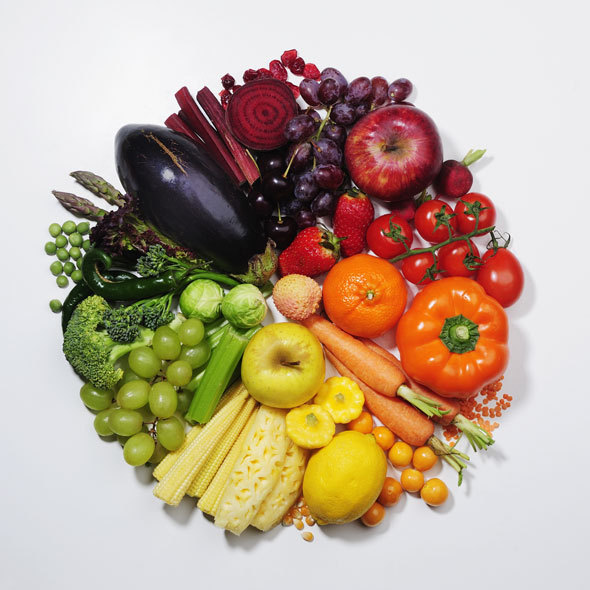Want to know how to avoid heart trouble? No matter your age, your gender, or your past lifestyle, now’s the time to start building a healthier heart.
Keys to a healthy heart:
- Prevent and control high blood cholesterol
- Prevent and control high blood pressure
- Prevent and control diabetes
- No tobacco
- Moderate alcohol use
- Maintain a healthy weight
- Regular physical activity
- Diet and nutrition
Once you know which foods to eat more of and which foods to limit, you’ll be on your way toward a heart-healthy diet.
1. Limit unhealthy fats and cholesterol
A diet consisting of 25-35% total fat, <7% saturated and trans fat, and <200 mg dietary cholesterol lowers serum total and LDL cholesterol 9-16% and decreases the risk of coronary heart disease (CHD). Some randomized clinical trials have shown that approximately 1gr/day of EPA and DHA from a supplement or fish consumption can be effective in decreasing the risk of CHD, while others call for more research on this topic.
2. Choose low-fat protein sources
Lean meat, poultry and fish, low-fat dairy products and egg whites or egg substitutes are some of your best sources of protein. Fish is another good alternative to high-fat meats. Some types of fish — such as cod, tuna and halibut generally have less total fat, saturated fat and cholesterol than do meat and poultry. And certain types of fish are heart healthy because they’re rich in omega-3 fatty acids, which can lower other harmful blood fats called triglycerides and may reduce your risk of sudden cardiac death. You’ll find the highest amounts of omega-3 fatty acids in cold-water fish, such as salmon, mackerel and herring. Other sources are flaxseed, walnuts, soybeans and canola oil. Legumes — beans, peas and lentils — also are good sources of protein and contain less fat and no cholesterol, making them good substitutes for meat.
3. Eat more vegetables and fruits
Vegetables and fruits are good sources of vitamins and minerals; they are low in calories and rich in dietary fiber. A diet high in soluble fiber, the kind found in fruits and vegetables, can help lower your cholesterol and reduce your risk of heart disease.
4. Select whole grains
Whole grains are good sources of fiber and other nutrients. Whole grains are also a source of vitamins and minerals, such as thiamin, riboflavin, niacin, vitamin E, magnesium, phosphorus, selenium, zinc and iron. Various nutrients found in whole grains play a role in regulating blood pressure and supporting heart health.
5. Reduce the salt in your food
Eating a lot of salt can contribute to high blood pressure, a risk factor for cardiovascular disease. Reducing the salt in your food is an important part of a heart-healthy diet. The American Heart Association recommends that healthy adults eat less than 2,300 milligrams of sodium a day (about a teaspoon) from all sources combined.
6. Practice moderation
In addition to knowing which foods to eat, you’ll also need to know how much you should eat. Overloading your plate, taking seconds and eating until you feel stuffed can lead to eating more calories, slat, fat and cholesterol than you should. Portions served in restaurants are often more than anyone needs. Keep track of the number of servings you eat — and use proper serving sizes — to help control your portions. For example, one serving of pasta is 1/2 cup, or about the size of an ice cream scoop. A serving of meat, fish or chicken is 2 to 3 ounces, or about the size and thickness of a deck of cards.
Incorporate these tips into your life, and you’ll continue to find that heart-healthy eating is both doable and enjoyable.


